In gardens across the world, a quiet revolution is taking place that’s transforming both backyard ecosystems and the hobby of birdwatching. As urbanization continues to fragment natural habitats, birds are increasingly relying on human-created spaces for survival. The growing movement toward native plant gardening has created new opportunities for birds and birdwatchers alike, establishing micro-habitats that attract diverse species and create year-round observation opportunities. This shift toward native plants isn’t just changing where birds feed and nest—it’s fundamentally altering how birdwatchers pursue their passion, bringing wildlife viewing directly to doorsteps while contributing to meaningful conservation efforts. Beyond simply identifying birds, today’s birdwatchers are becoming active participants in creating bird-friendly landscapes that support biodiversity right outside their windows.
The Native Plant Revolution in Birdwatching
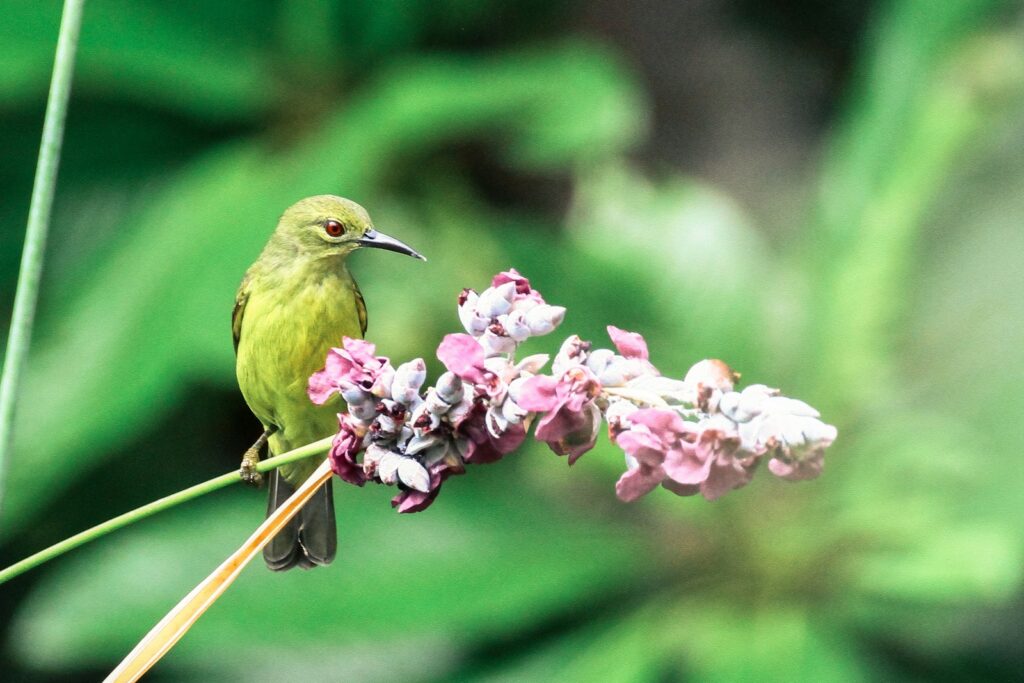
Traditional birdwatching often involved traveling to nature preserves or setting up elaborate feeding stations filled with commercial seed mixes. However, the native plant movement has fundamentally shifted this paradigm by emphasizing the creation of authentic habitat rather than artificial feeding opportunities. Native plant enthusiasts have discovered that indigenous flora creates a complete ecosystem that naturally attracts birds through food, shelter, and nesting opportunities that exotic ornamentals simply cannot provide. Research by the National Audubon Society shows that native plants support up to 35 times more caterpillar biomass than non-natives—critical protein sources that sustain nesting birds and their offspring. This transformation has turned passive birdwatchers into active habitat creators who observe birds interacting with plants in natural feeding behaviors rather than at artificial feeders.
Why Native Plants Create Superior Bird Habitat

Native plants have co-evolved with local bird species over thousands of years, creating intricate ecological relationships that exotic plants cannot replicate. These indigenous species produce berries, nuts, and seeds that ripen at precisely the right times to support bird migration and seasonal feeding patterns. The architectural structure of native plants also provides specific nesting opportunities that birds have adapted to use, from the branching patterns of native trees to the dense thickets created by native shrubs. Research by entomologist Doug Tallamy has demonstrated that native oak trees can support over 500 species of caterpillars, while non-native ornamentals like Bradford pear might support fewer than five. Perhaps most importantly, native plants require no supplemental watering or fertilizers once established, creating self-sustaining ecosystems that function regardless of human intervention.
From Bird Lists to Plant Lists: The New Birdwatcher’s Focus
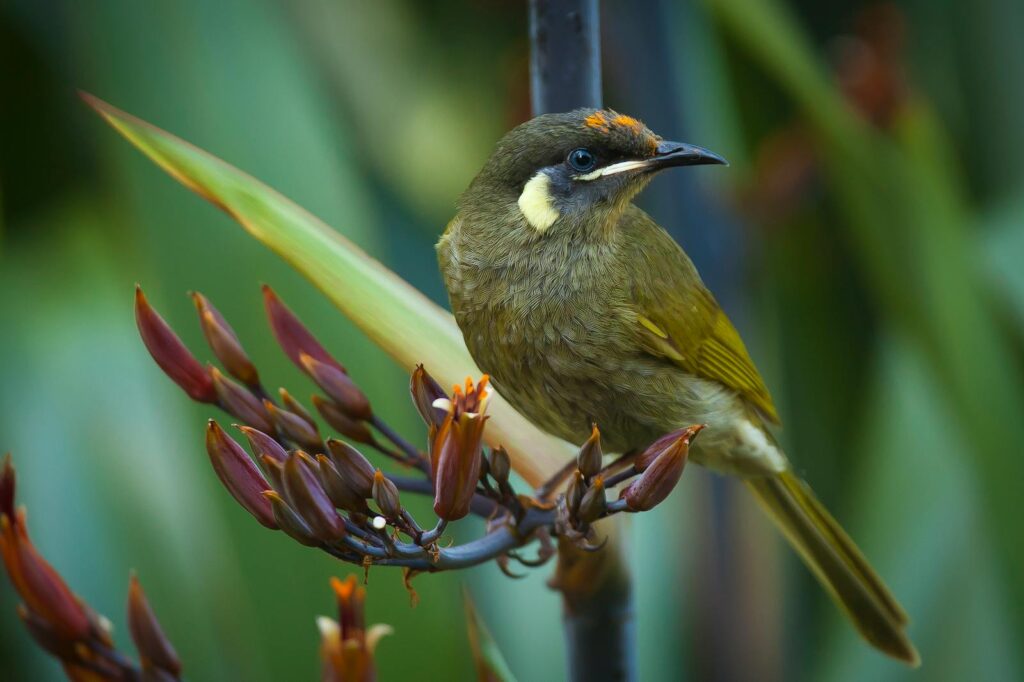
Modern birdwatchers increasingly find themselves studying plant catalogs alongside field guides as their understanding of bird-plant relationships deepens. This knowledge shift represents a fundamental change in the hobby, from simply identifying birds to understanding the complex ecological systems that support them. Many birdwatchers now maintain detailed records of which native plants attract which bird species in their region, collecting valuable citizen science data that helps others create bird-friendly landscapes. Organizations like the National Wildlife Federation now offer certification programs for backyard habitats, giving birdwatchers tangible goals beyond adding species to their life lists. This evolution has expanded birdwatching from a primarily observational hobby to one that actively contributes to conservation through intentional habitat creation.
Year-Round Observation Opportunities Through Plant Succession
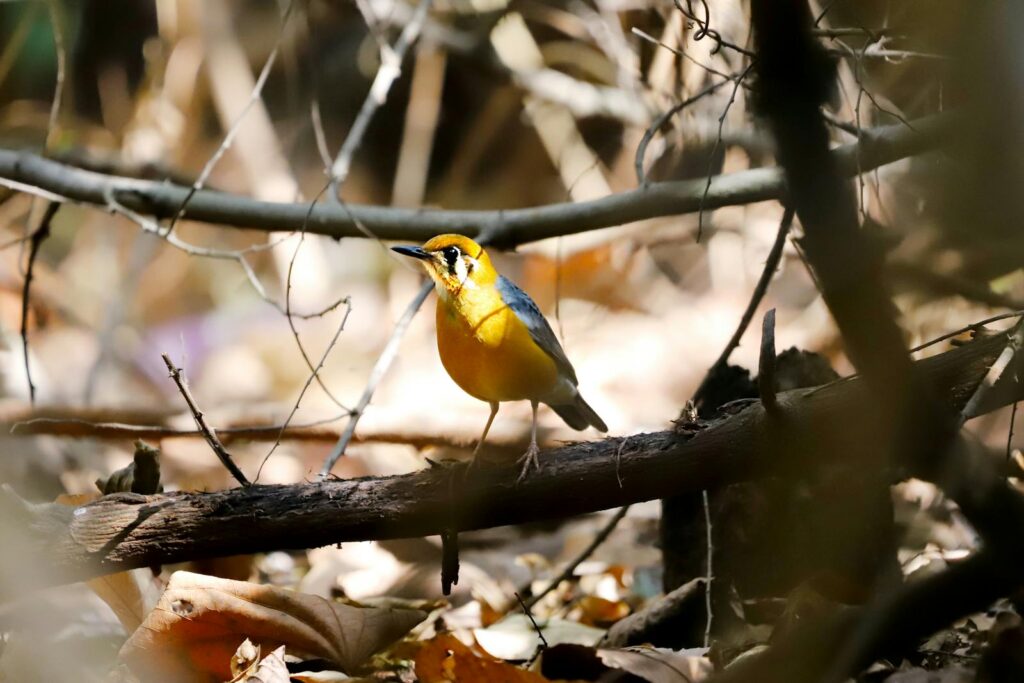
Native plant gardens provide dynamic, constantly changing environments that attract different bird species throughout the seasons. Spring brings nesting warblers and thrushes seeking insects among emerging leaves and flowers, while summer showcases hummingbirds visiting native blooms and parent birds bringing caterpillars to hungry nestlings. Fall introduces migratory species stopping to feed on berries and seeds before continuing their journeys, providing opportunities to observe birds that might never visit feeders. Winter reveals a completely different cast of characters as northern finches and sparrows arrive to forage on seed heads intentionally left standing in naturalistic gardens. This seasonal progression creates a perpetual cycle of discovery that keeps birdwatching fresh and engaging year-round, compared to the relatively static experience of watching the same feeder birds season after season.
The Shift from Feeders to Self-Sustaining Ecosystems
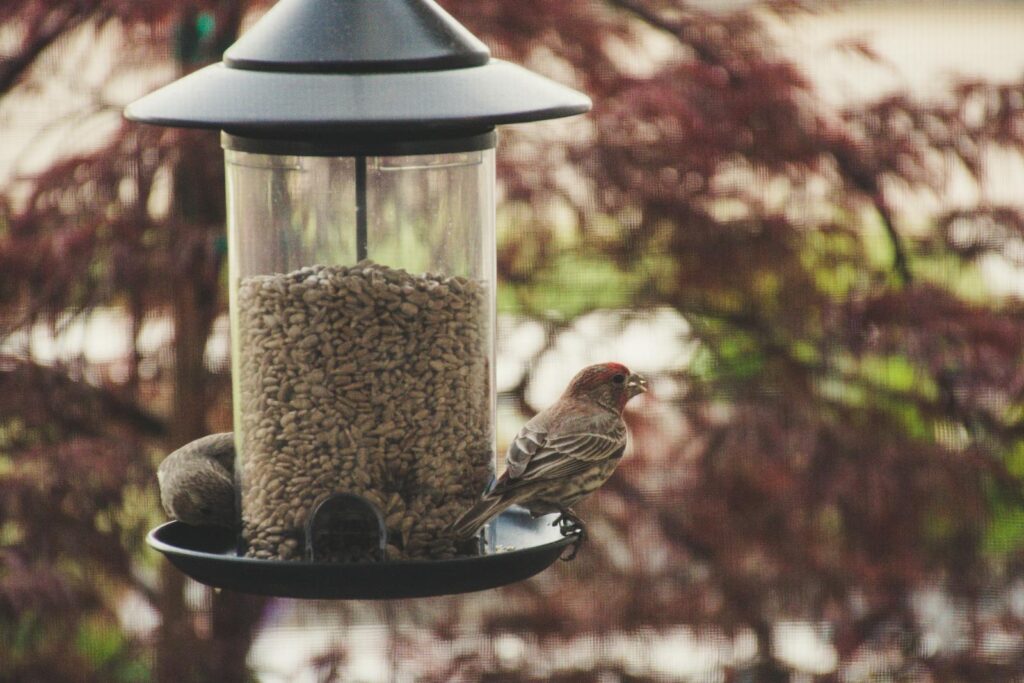
While bird feeders remain popular, many dedicated birdwatchers now view them as supplements to, rather than replacements for, natural food sources. Native plant landscapes provide complete nutritional profiles that commercial bird feeds cannot match, including living insects that comprise 96% of land birds’ diets during nesting season. These natural food webs also eliminate concerns about feeder-spread diseases like House Finch eye disease and salmonellosis, which can devastate bird populations when large numbers congregate at feeding stations. Many birdwatchers report seeing species in their native plant gardens that rarely or never visit feeders, including ground-foraging thrushes, insect-gleaning warblers, and fruit-eating tanagers. The shift toward habitat creation also addresses ethical concerns about creating dependencies on human-provided foods, instead fostering self-sustaining ecosystems that function with or without human presence.
Backyard Science: Birdwatchers as Citizen Scientists
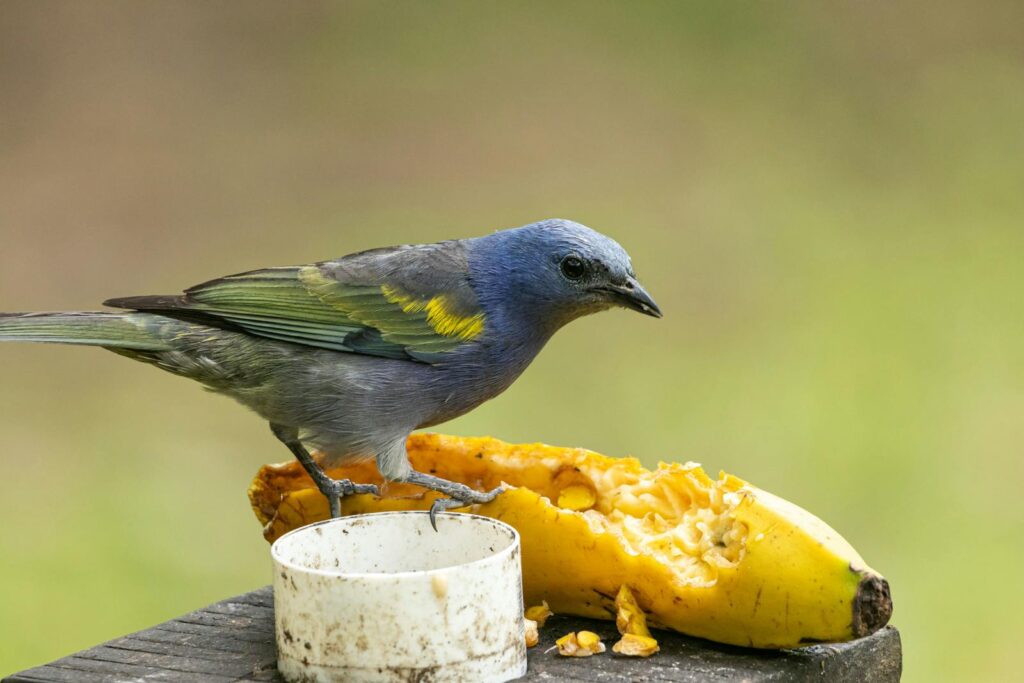
The native plant revolution has transformed casual birdwatchers into important contributors to ornithological research through their observations of bird-plant interactions. Platforms like eBird and iNaturalist now allow birdwatchers to document which native plants attract specific bird species, creating valuable datasets that help scientists understand these relationships at scale. Some dedicated birdwatchers maintain detailed journals recording when certain plant species bear fruit and which birds arrive to feed on them, information that helps track phenology shifts caused by climate change. University researchers increasingly collaborate with backyard birdwatchers to study questions about urban bird ecology and migration patterns that would be impossible to answer without this distributed network of observers. This citizen science component adds depth and purpose to birdwatching, transforming it from a recreational activity into meaningful conservation work.
Specialized Birdwatching: Targeting Species Through Plant Selection
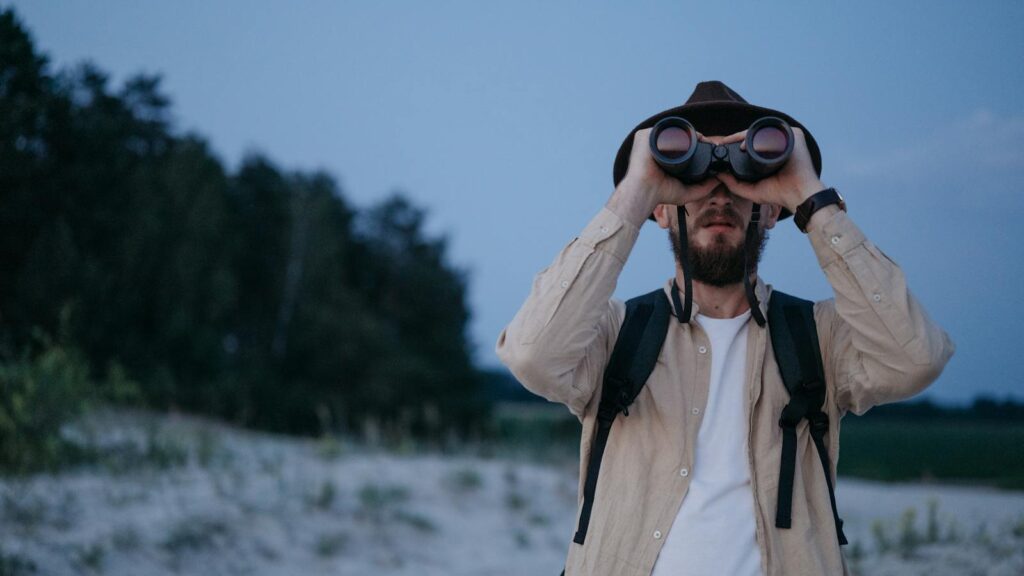
Advanced birdwatchers have developed a sophisticated understanding of how specific native plants can attract particular bird species they hope to observe. Those seeking orioles might plant native dogwoods and serviceberries, whose fruits ripen during peak migration periods when these colorful birds pass through. Hummingbird enthusiasts create succession plantings of native salvias, cardinal flowers, and columbines to provide nectar sources from spring through fall migration. Birdwatchers hoping to observe elusive wood thrushes and veeries establish understory plantings of native viburnums and spicebush that recreate the forest floor conditions these secretive birds prefer. This targeted approach has transformed birdwatching from opportunistic observation to intentional habitat design, allowing enthusiasts to “curate” the bird diversity in their yards based on thoughtful plant selection.
Community Transformation Through Bird-Friendly Landscaping

The native plant movement has extended beyond individual yards to transform entire neighborhoods into bird-friendly corridors. Birdwatching clubs increasingly organize native plant shares and community habitat projects, creating connected green spaces that provide meaningful habitat at a landscape scale. Some municipalities have established “Homegrown National Park” initiatives inspired by Doug Tallamy’s vision, where residents collectively convert portions of their lawns to native plant communities. These community efforts have a particular impact on migratory birds, creating stepping-stone habitats through urban areas that might otherwise offer little support during long journeys. Birdwatchers report that these collective efforts yield far greater diversity than isolated yards, as they provide the habitat size and variety needed to support more specialized species.
The Economic Impact of Bird-Focused Gardening
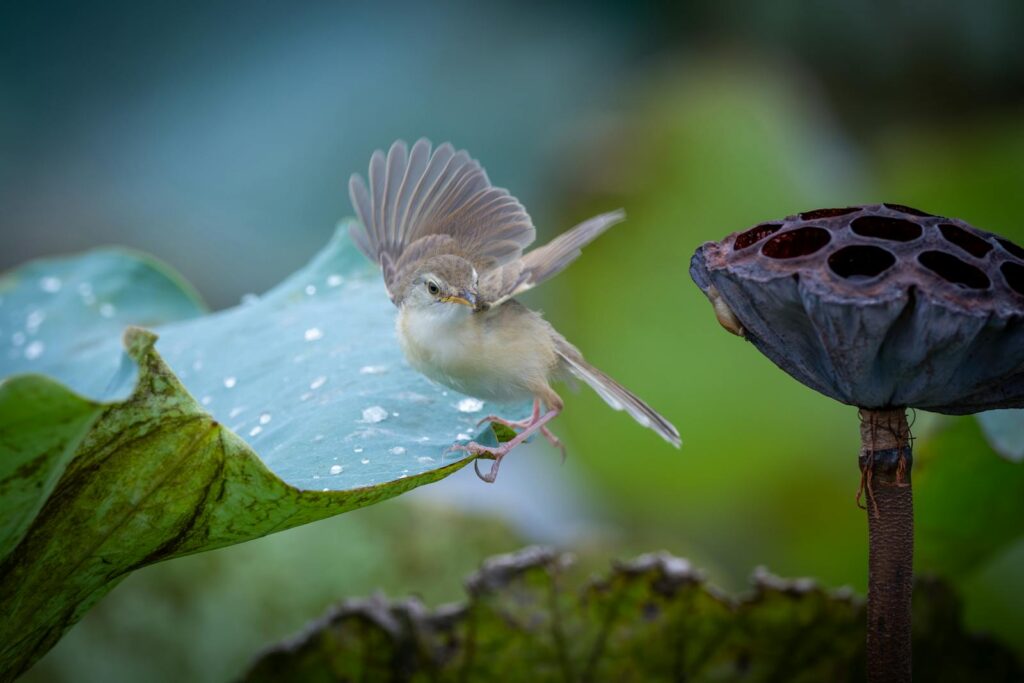
The integration of birdwatching and native plant gardening has created significant economic ripple effects in the nursery and landscaping industries. Native plant nurseries have proliferated to meet demand from birdwatchers seeking specific species known to attract desired birds. The National Wildlife Federation estimates that wildlife gardening, largely driven by bird enthusiasts, represents a multi-billion-dollar segment of the gardening industry. Landscape designers specializing in bird-friendly designs using native plants command premium prices for their ecological expertise, transforming traditional landscaping practices. Tourism boards in some regions now promote their communities as bird-friendly destinations, highlighting native plant trails and demonstration gardens that showcase birds interacting with indigenous flora.
Technological Integration: Apps Connecting Birds to Plants
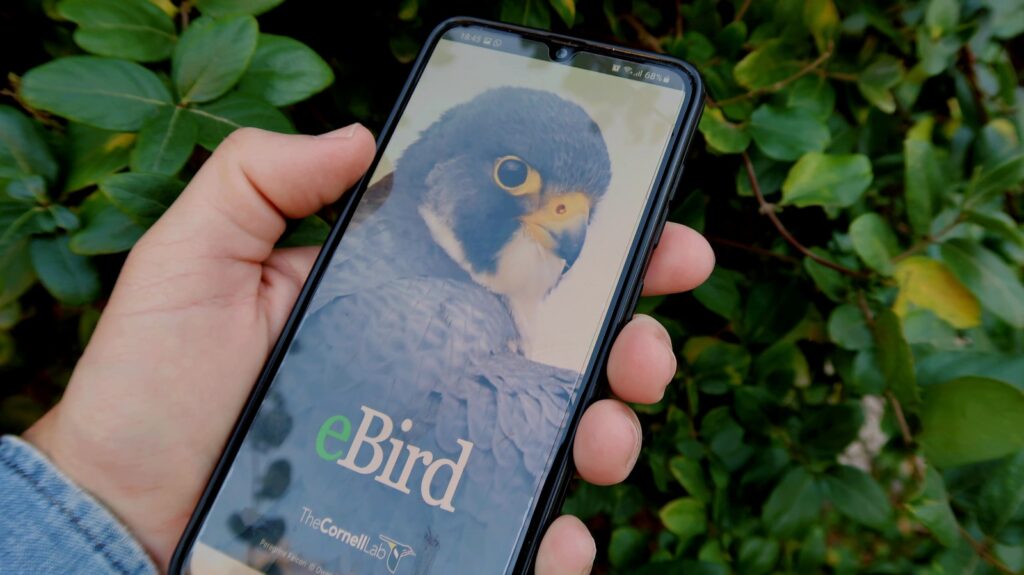
Technology has accelerated the convergence of birdwatching and native plant gardening through specialized applications that make ecological connections explicit. Apps like Audubon’s Native Plant Database allow users to enter their zip code and target bird species, receiving customized native plant recommendations based on regional growing conditions. eBird’s “Yard List” feature helps birdwatchers track which species visit their native plant landscapes over time, providing data-driven feedback on their habitat creation efforts. Some forward-thinking birdwatchers have begun using trail cameras to document nocturnal bird visitors to their native plant gardens, revealing previously unobserved interactions. These technological tools have democratized ecological knowledge that was once accessible only to academics, allowing average birdwatchers to make sophisticated habitat design decisions.
Conservation Impact: From Watching to Saving Birds
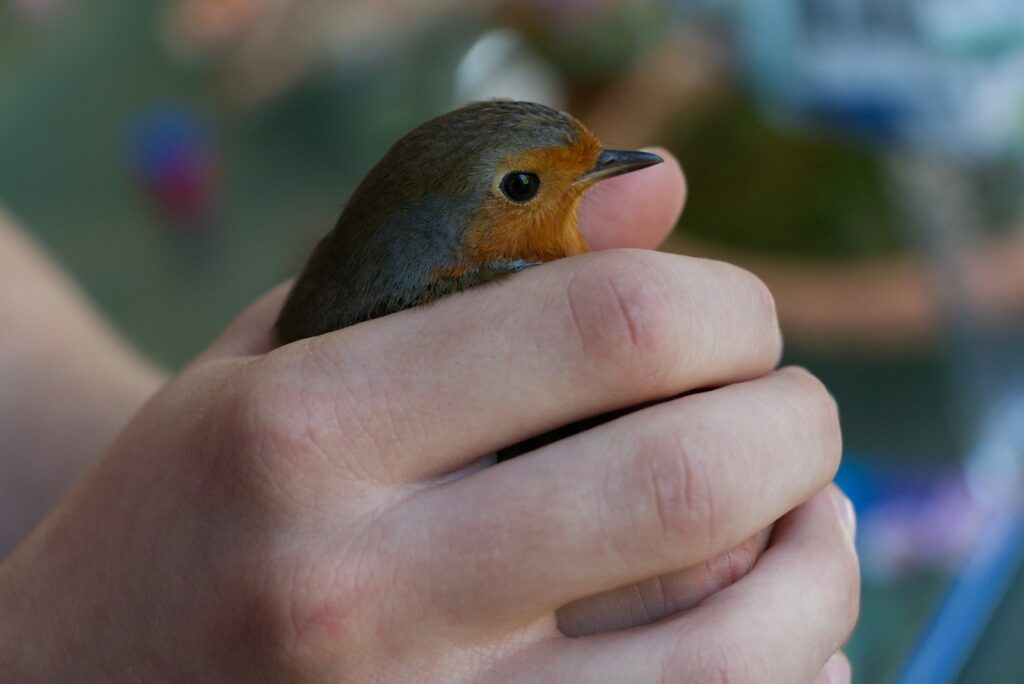
Perhaps the most profound change in birdwatching culture has been the shift from observation to active conservation through habitat creation. With North American bird populations having declined by nearly three billion birds since 1970, many birdwatchers view native plant gardening as a moral imperative rather than simply a hobby enhancement. Studies by the Smithsonian Migratory Bird Center have shown that even modest urban native plant installations can provide critical support for declining neotropical migrants like wood thrushes and scarlet tanagers during breeding season. Many birdwatchers report profound satisfaction in watching threatened species successfully raise young in habitats they’ve created, transitioning from simply counting birds to actively increasing their populations. This conservation dimension has attracted younger participants to birdwatching, who are often motivated more by environmental action than by traditional listing and identification aspects of the hobby.
Challenges and Controversies in the Native Plant Movement
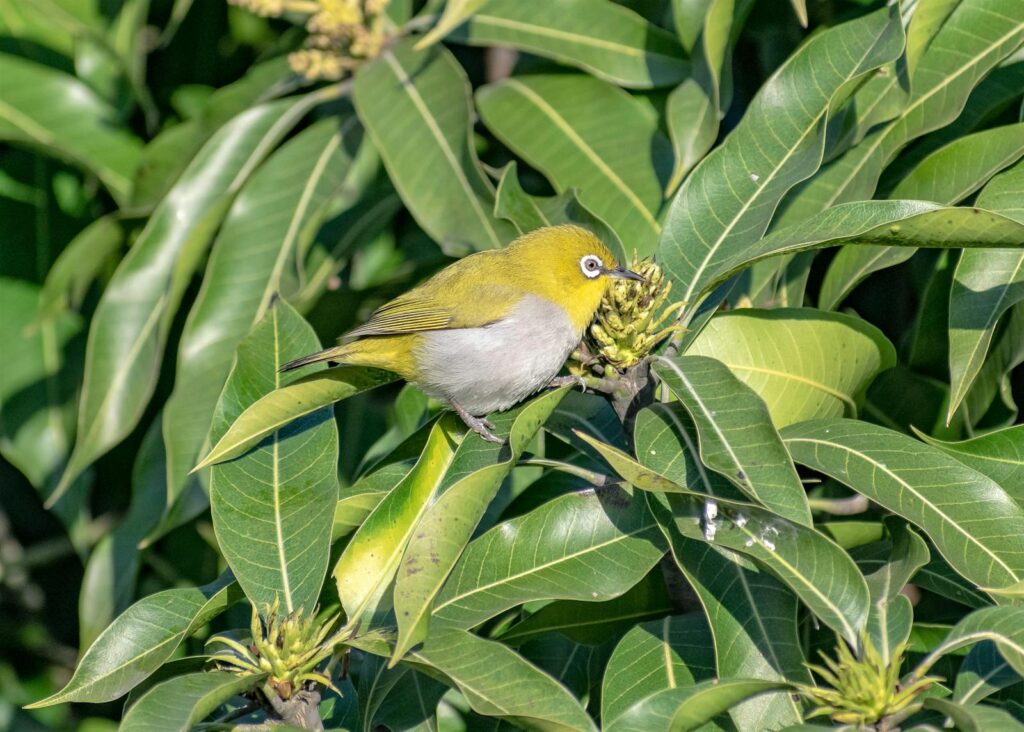
Despite its growing popularity, the native plant approach to birdwatching faces several challenges and points of contention within the community. Some traditional birdwatchers resist the emphasis on gardening, viewing it as a distraction from the core practice of bird identification and field observation in wild settings. Debates continue about the role of non-native plants that provide abundant bird food, such as pyracantha berries that attract cedar waxwings or eucalyptus trees that support hummingbirds in California. Neighborhood associations and municipal codes sometimes conflict with naturalistic planting approaches, creating friction when seed heads and dried stems are left standing for winter bird feeding. Some birdwatchers also express concern about the potential of yard habitats to create ecological traps if they attract birds to areas with high concentrations of predators like outdoor cats or insufficient resources to support breeding success.
The Future of Bird-Plant Focused Birdwatching
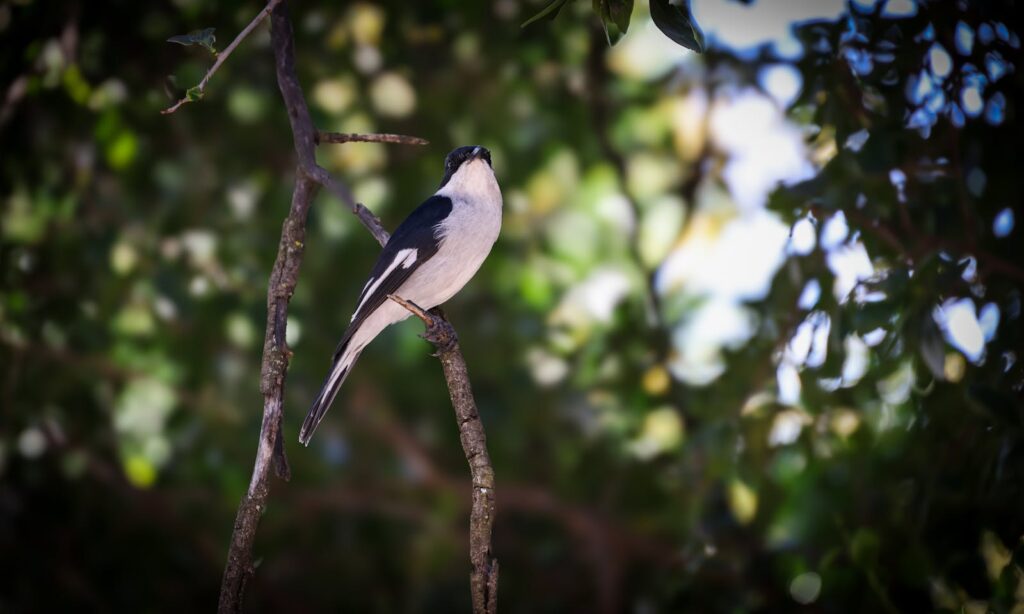
The integration of native plant knowledge with birdwatching continues to evolve in exciting directions that promise to transform both practices. Research institutions are developing specific plant palettes optimized for declining bird species, giving birdwatchers more targeted conservation tools. Climate change is driving interest in assisted migration of plant communities, with birdwatchers participating in studies of how birds adapt to shifting plant ranges and phenology timing. The rise of “regenerative birdwatching”—where observation is coupled with habitat restoration—represents perhaps the most significant evolution, transforming consumption-based recreation into a restorative practice. As traditional boundaries between various nature hobbies dissolve, a more holistic ecological awareness is emerging that recognizes birds not as isolated objects of observation but as integral components of living systems that we can help sustain and restore through thoughtful plant selection and landscape design.
The convergence of birdwatching and native plant gardening represents more than just a trend—it’s a fundamental shift in how humans interact with and support wild birds. By moving from passive observation to active habitat creation, today’s birdwatchers are simultaneously enhancing their viewing experiences and contributing to meaningful conservation. This evolution has expanded birdwatching beyond species identification into ecosystem understanding, creating deeper connections to both birds and the places they inhabit. As habitat loss continues to threaten bird populations worldwide, this integration of watching and creating offers a hopeful path forward—one that transforms backyards into biodiversity hotspots and birdwatchers into conservation partners. Through native plants, the future of birdwatching looks not just at birds, but at the entire living system that sustains them.
